-
-
-
Total payment:
-

Plywood packaging and the factors affecting product durability
Posted by Kiều Trang at 25/11/2024
Plywood packaging plays a crucial role in protecting goods during transportation and storage. This product not only needs to meet safety requirements but also must be durable enough to withstand environmental impacts, shocks, and wear throughout its lifecycle. To ensure the quality of plywood packaging, several key factors directly affect its durability. Below, we will explore these factors and how they influence the quality of plywood packaging.
1. Plywood thickness
One of the most important factors affecting the durability of plywood packaging is the thickness of the product. The thicker the plywood, the better it can withstand loads and protect goods from strong impacts during transportation. However, the thickness of plywood needs to be selected according to the specific requirements and type of goods being packed.
- Thin Plywood (7mm - 8mm): Suitable for lightweight products or packaging that does not require high durability, such as consumer goods packaging.

- Thicker Plywood (11mm - 17mm): Typically used for heavy or fragile goods, such as exports, electronic devices, or items requiring robust protection.
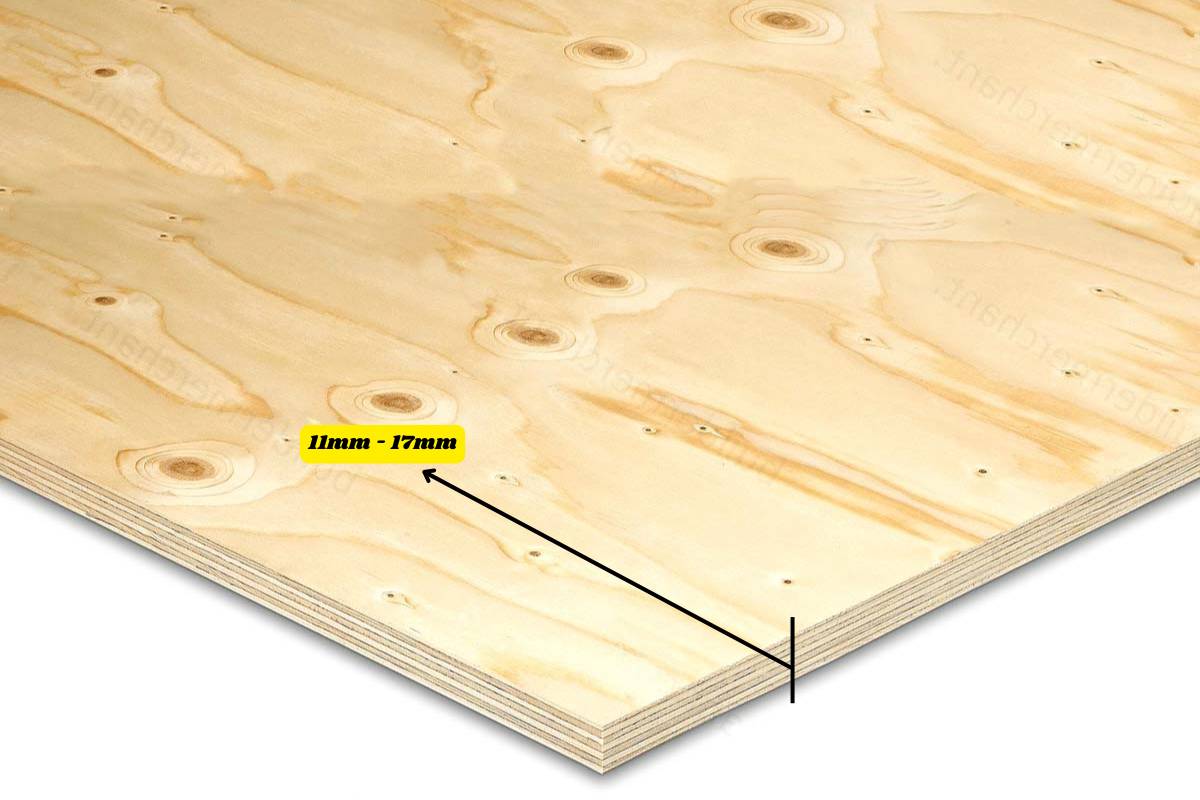
2. Wood material
The type of wood used in the production of plywood packaging has a direct impact on the product's durability, stability, and load-bearing capacity. Different types of wood offer unique characteristics, making some better suited for specific applications.
- Acacia Wood: Known for its high durability, resistance to warping, and excellent load-bearing capacity, acacia is a popular choice for producing plywood packaging, especially for heavy or fragile items.
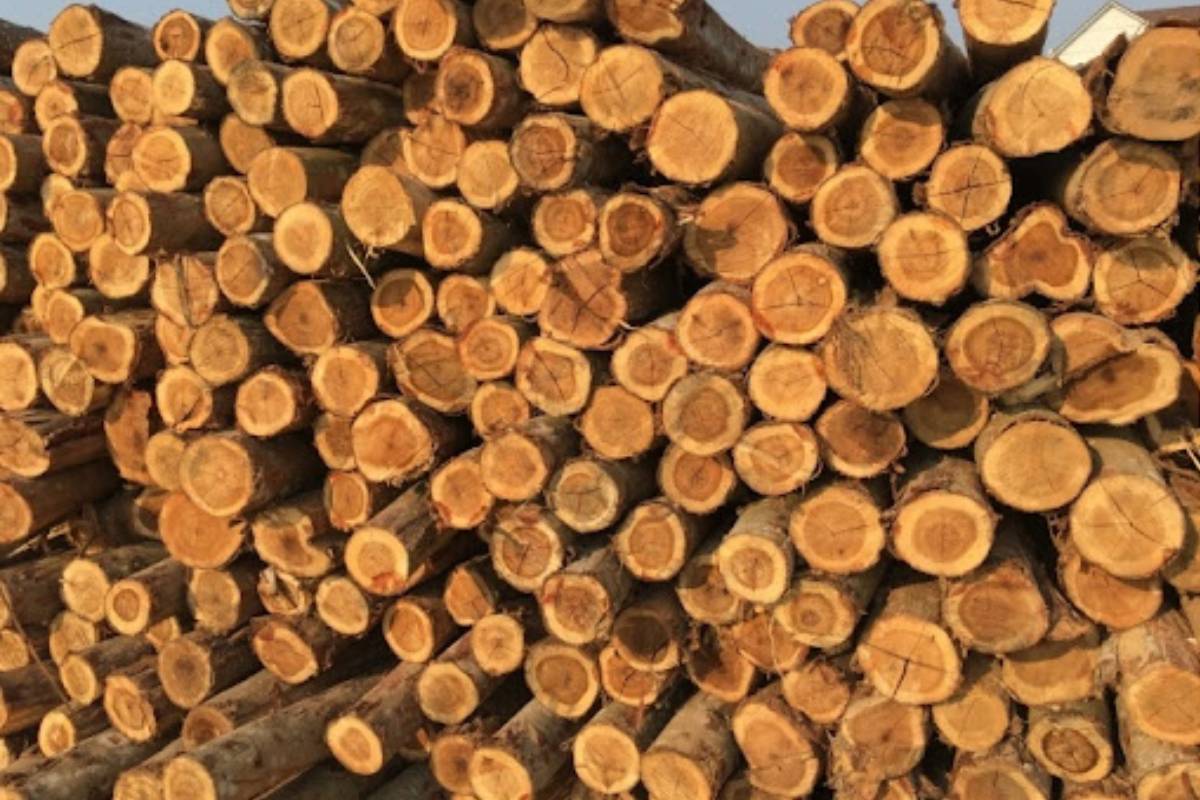
- Bodhi Wood: Lightweight yet strong, bodhi wood is often used for light packaging applications where reducing shipping costs is a priority while still maintaining necessary durability.

- Rubberwood and Pine: Both rubberwood and pine offer stable durability and ease of processing, making them suitable for products that need protection in changing environmental conditions, or when aesthetic appeal is not a major concern.
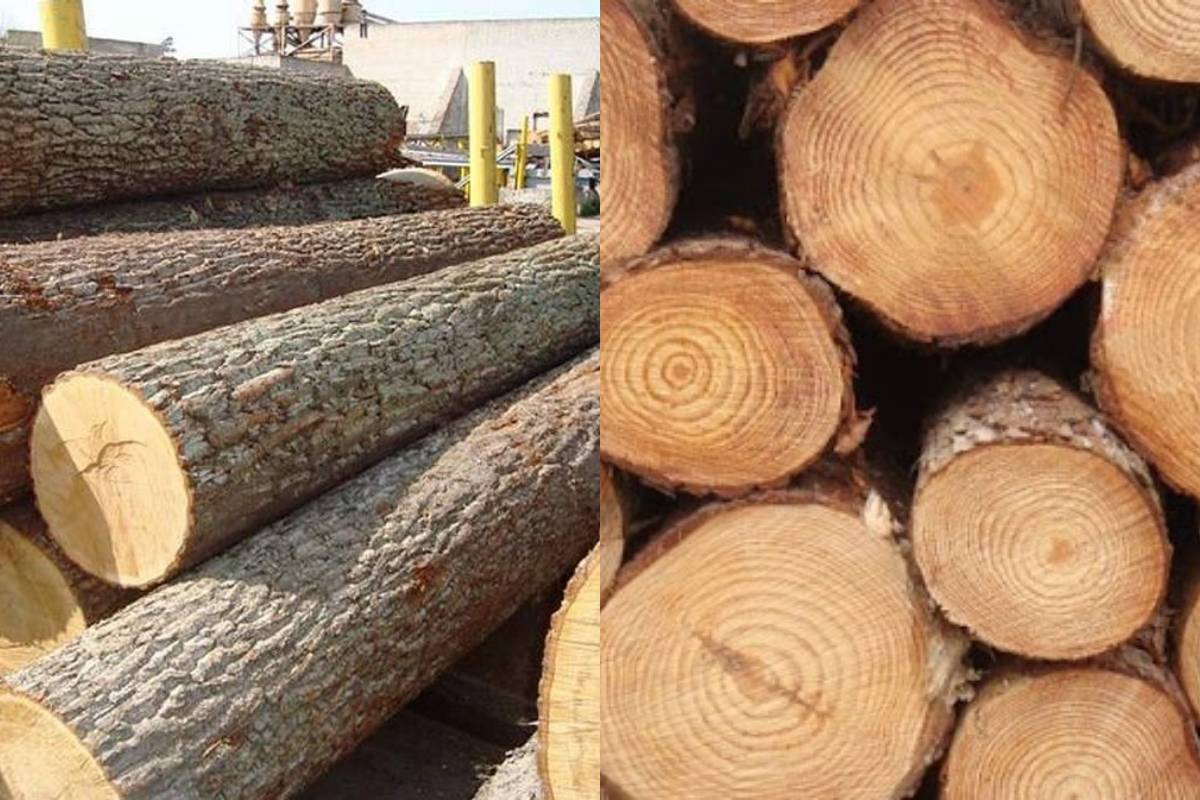
3. Plywood manufacturing process
The production process of plywood packaging also plays a significant role in determining the durability and quality of the product. A rigorous and precise production process ensures that the plywood is not only strong but also optimized for performance.
- Hot Pressing Process: The hot pressing method ensures that the layers of wood are firmly bonded together, creating a strong, durable plywood sheet. This process is critical in preventing warping, cracking, or deformation of the plywood.

- Use of High-Quality Adhesives: Urea-formaldehyde adhesive used in plywood production creates strong bonds between the wood layers, contributing to the product's durability, moisture resistance, and protection against termites.
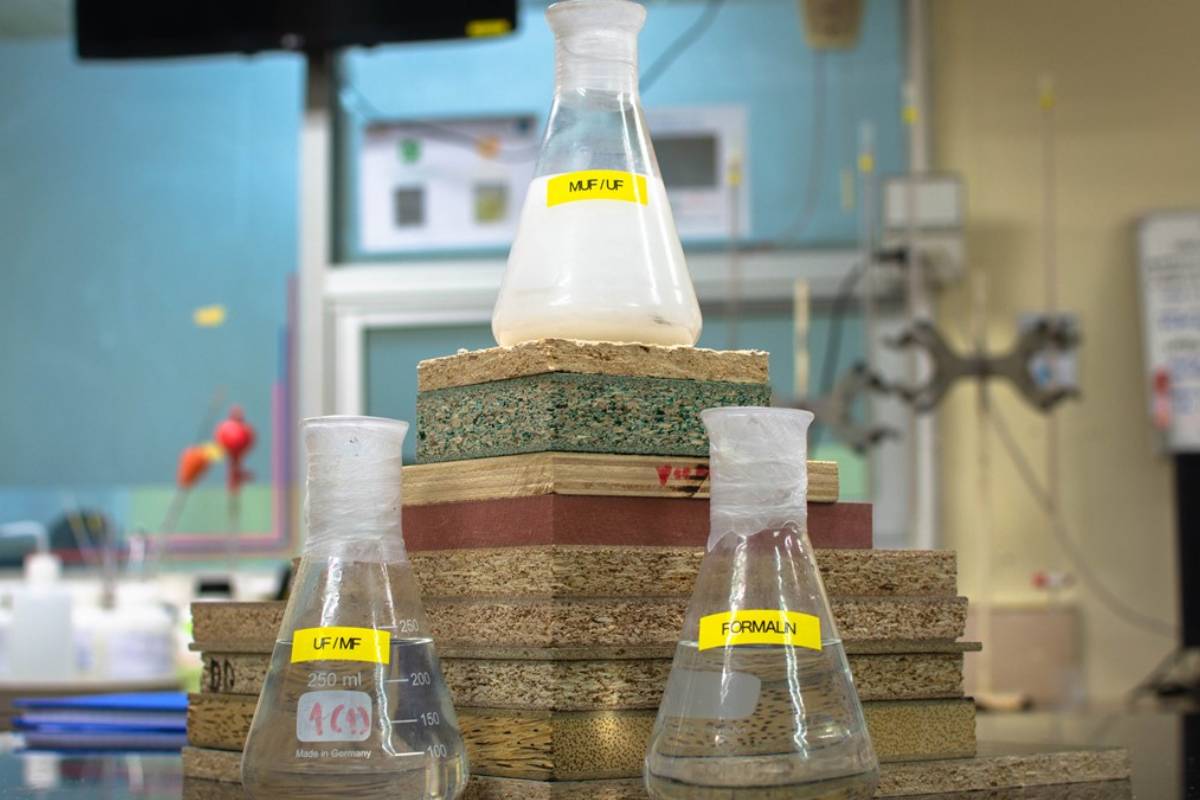
- Quality Control: Rigorous quality control throughout the production process helps eliminate defects, ensuring that the final product is durable and meets consistent standards.
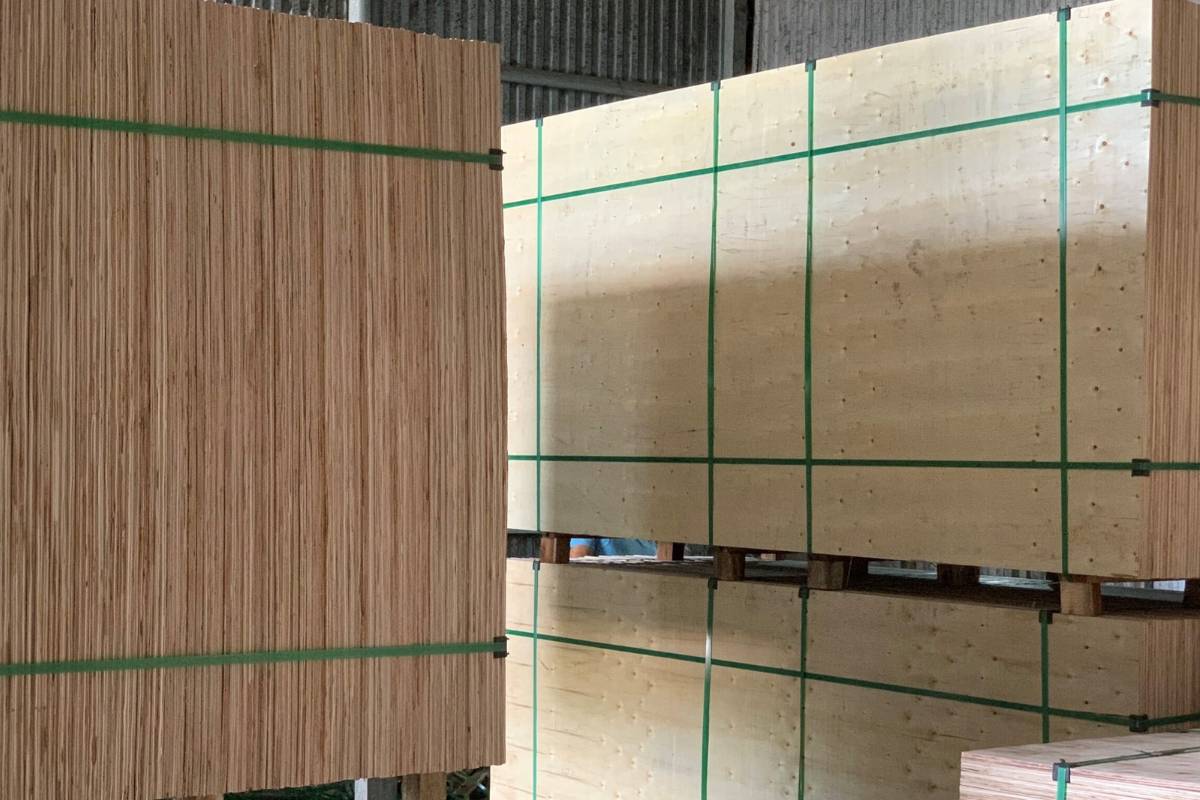
4. Environmental conditions and usage
The environment in which plywood packaging is used and stored also affects its durability. Plywood packaging is often subjected to temperature fluctuations, humidity, and other environmental factors. To maintain durability in harsh environments, plywood must be resistant to moisture, pests, and other damaging conditions.
- Moisture Resistance: Plywood packaging must have the ability to resist moisture penetration, as excessive moisture can lead to rotting and decreased strength.

- Termite Resistance: Wood used in plywood must be treated to resist termite attacks, particularly when the packaging is exposed to damp or humid environments or stored for long periods.
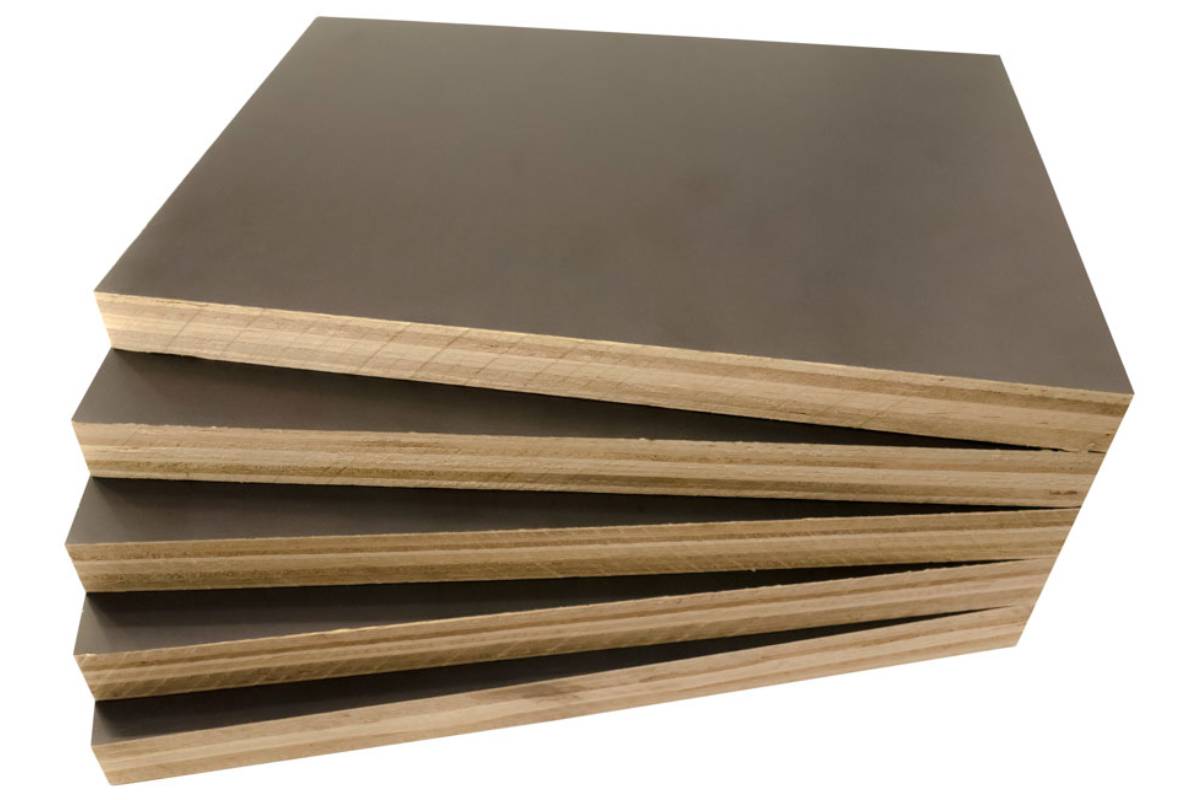
5. Layer configuration and bonding of wood layers
The number of layers in plywood also affects its durability. Plywood with more layers tends to be more durable because each additional layer contributes to the overall strength of the product. Typically, plywood used in packaging ranges from 4 layers to 11 layers, depending on the customer's requirements.
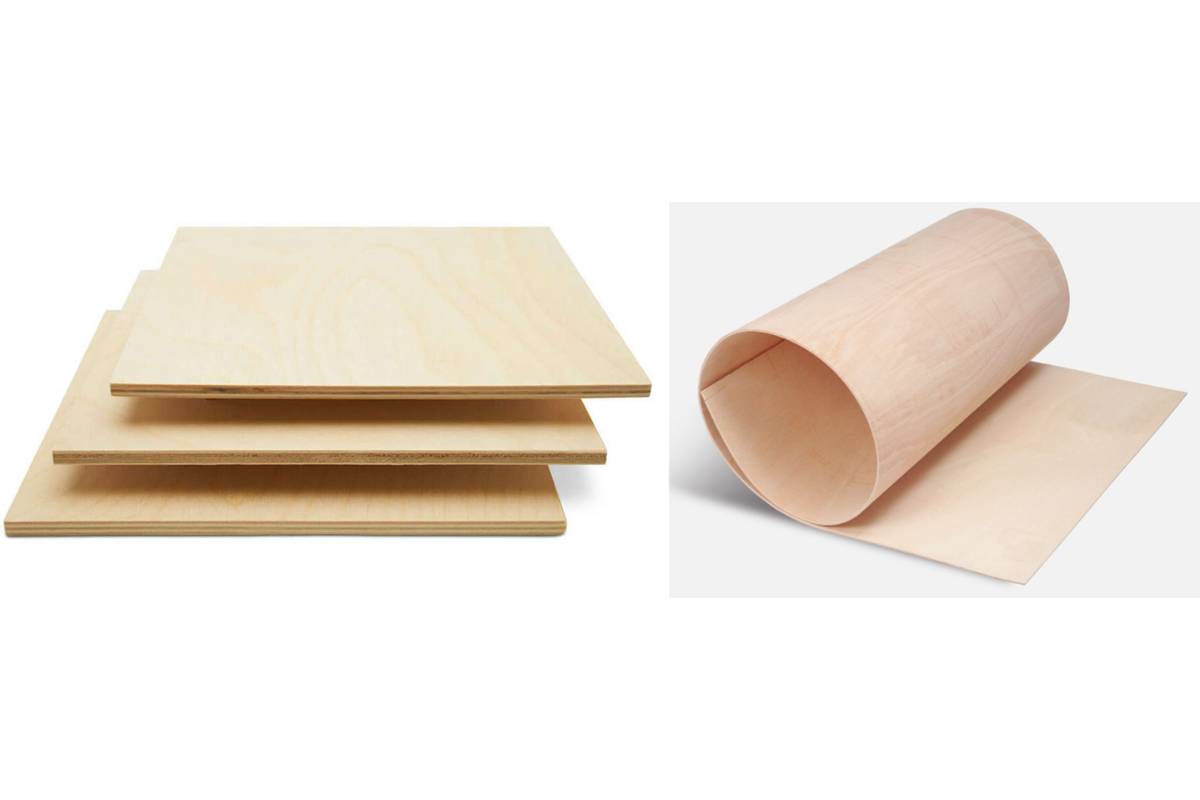
To produce plywood packaging with high durability and superior quality, factors such as thickness, wood material, manufacturing process, environmental conditions, and layer configuration all play crucial roles. Selecting the right type of wood, employing precise manufacturing techniques, and maintaining strict quality control will ensure that plywood packaging not only protects goods effectively but also optimizes production costs for businesses.










